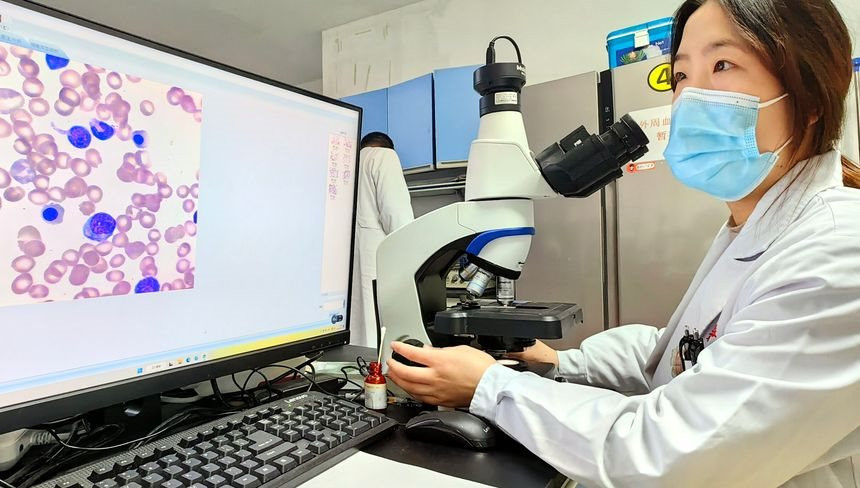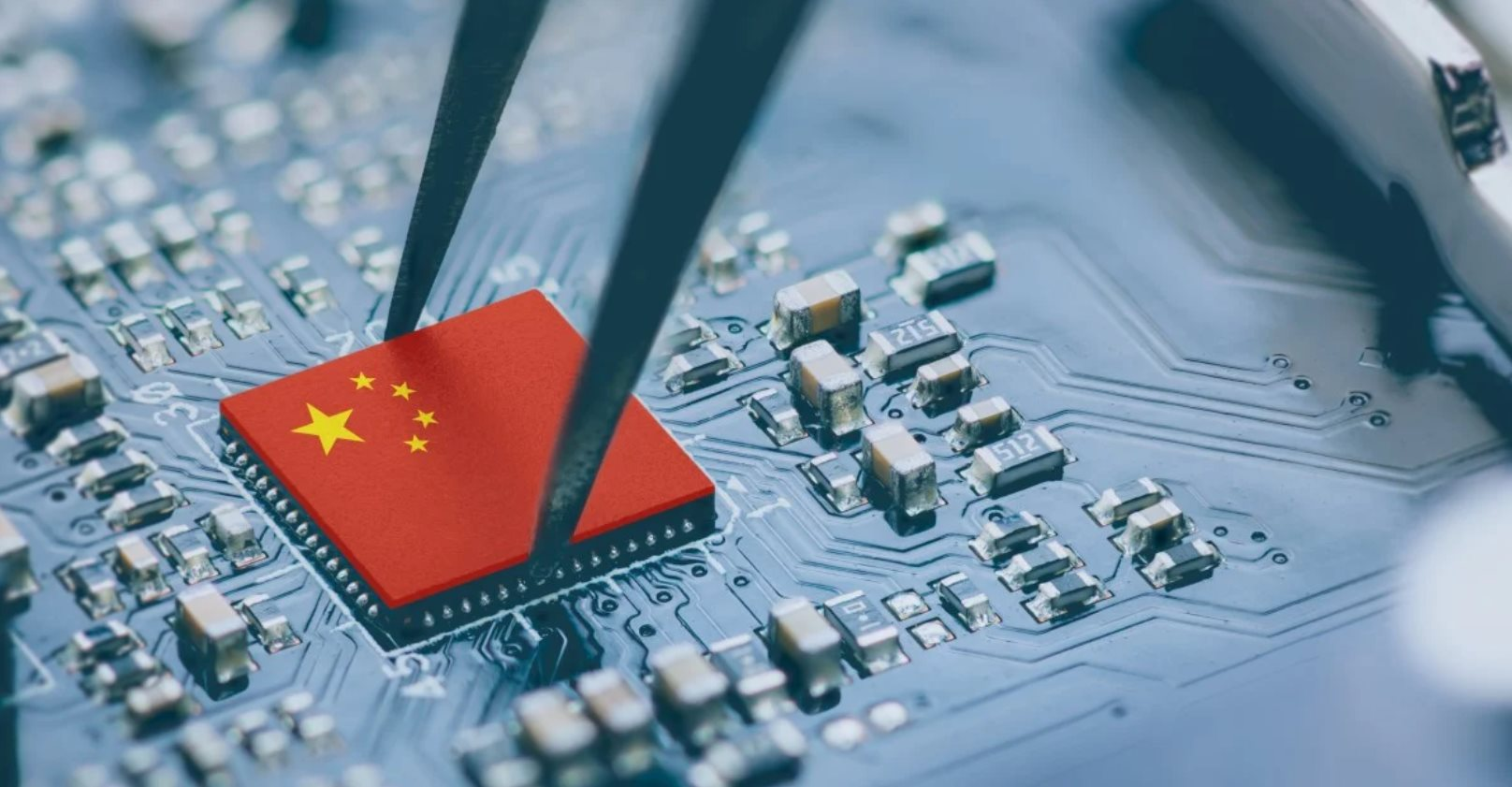The dream of ‘promoting’ Chinese technology: holding 77% of new technology can change the world, the US is inferior, Europe has no door
- Tram Ho
After tracking the defense, space, energy and biotech sectors, the Australian Strategic Policy Institute (ASPI) says all 10 of the world’s top research institutions are now based in China.
According to the report, Chinese scientists ranked first in the world in terms of most cited research works in 37 out of 44 technologies assessed such as defense, space, robotics, energy, environment , biotechnology, artificial intelligence, advanced materials… These technologies are seen as being able to drive innovation, growth and military power in the coming decades.
Research sponsored by the US State Department shows the US ranked 2nd, despite the country leading global research in high-performance computing, quantum computing, small satellites and especially vaccines.
According to the World Intellectual Property Organization, a United Nations agency, China first surpassed the US in the number of annual patent filings in 2011 and by 2021 their numbers are already high. double the US, at 1.58 million.

China is reaping the fruits of its unremitting efforts to surpass the United States in cutting-edge technology, science and technology.
” Western democracies are losing out in global technological competition, including the race for scientific breakthroughs and research ,” the report said.
The ASPI report draws on conclusions drawn from more than 2.2 million research citations from leading academic works between 2018 and 2022.
“In the past 5 years, China has produced 48.49% of the world’s most impactful research papers on advanced aircraft engines, including supersonic engines, and it has 7 out of 10 leading research institutions in the world ,” the report said.
In the fields of photonic sensing and quantum communication, China’s research prowess can make it “premature” ahead of leading countries such as the UK, US, Australia, Canada and New Zealand.
Other evidence shows that international scholars increasingly recognize the quality of Chinese research. For example, scientists in China appear more frequently than the United States in the top 1% of scholarly works from 2018 to 2020, for the first time ever, according to a statistic published by the Institute for Science and Public Policy. Japanese national technology announced last year.
In addition, many scientists of Chinese origin, trained in the US are actively returning to their homeland. More than 1,400 Chinese scientists have given up academic or corporate research activities in the US to work for Chinese institutions by 2021. This is partly due to China’s growing power in the world. advanced research fields.
ASPI data shows that one-fifth of China’s top researchers were trained in Australia, Canada, New Zealand, the UK or the US.

China can monopolize areas such as synthetic biology, 5G technology, and nanomaterials production.
While China is leading the way in research into critical technologies, ASPI notes that it is difficult to successfully apply research breakthroughs to manufacturing. For example, China has invested heavily in research into technologies such as jet engines, but its engineers have struggled for decades to produce them.
So far, the development of China’s commercial and military aviation sectors has depended on foreign suppliers. The same goes for China in the semiconductor sector.
But in a range of technologies, China leads large enough in terms of high-impact research to give it a monopoly in 10 areas such as synthetic biology, 5G technology and materials manufacturing. nano.
References: Reuters, WSJ
Source : Genk
